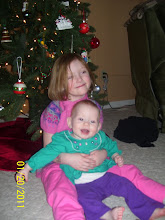This picture reminds me of how I feel about my journey through the research process. At the start of the course I found myself feeling completely under the dark clouds and kind of worried that it might be a storm I would have to weather through. But after a few weeks I begin to see how the design of the research process comes together and I found myself feeling the dark clouds clearing, and eventually the past few two weeks let me see how the process can become a reality and I felt the rays of sun starting to come through the clouds.
I want to first take this opportunity to thank all of you for your input into my learning process about research, I truly felt supported by many of you. I started this journey feeling completely out of my element and my perspective of research was that “this is for someone else” mostly because I could not see myself as a competent researcher. Thanks to this course and many of you, I feel I am better equipped to at least consider an attempt at conducting research.
During this process I have learned how important it is to create a research question that is researchable. Learning how to create the question or hypothesis to meet the needs of the design and how to adjust the question depending on what design you choose was something I had no idea was necessary. There are so many things to consider when designing a study. I found myself realizing why research requires so much time and knowledge of the subject.
I think my greatest challenge was grasping the qualitative method and how to create a design that would meet the requirements of this method. Once a got the main focus of this method it was easier to apply. I read the chapter in the book over and over and the case studies that used this method to help me understand how the qualitative method could work in my study.
As an early childhood professional I have used evidence based research to increase my own personal knowledge and I also shared it with colleagues. I now look at the research through a refined lens that sees more than I did before, not just the results of the research, but I can pick up on the design and methods used.
I wish all of you the best on your Masters journey, and hope you all have great learning experiences, maybe we shall meet again.

